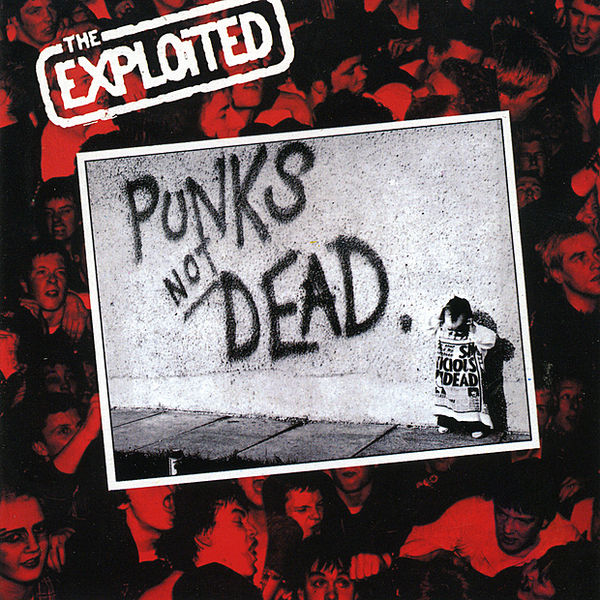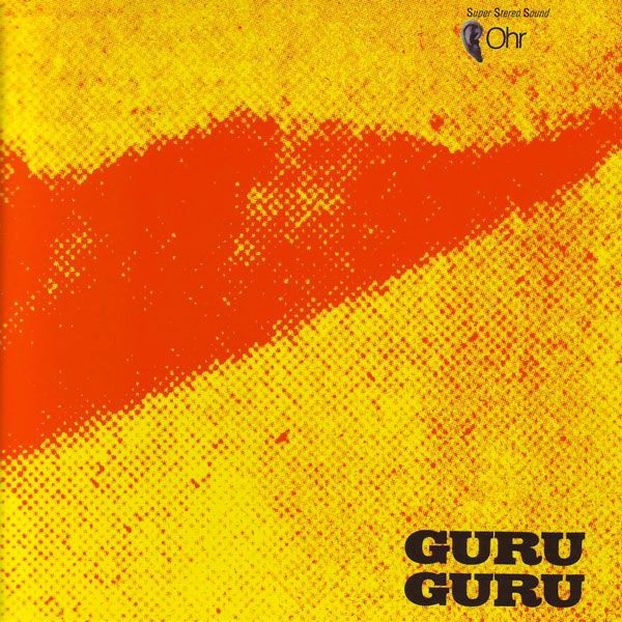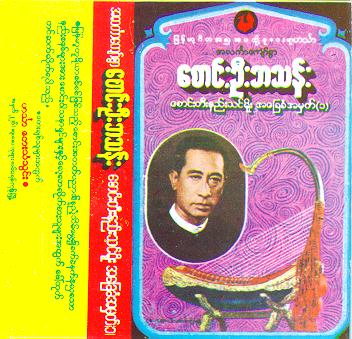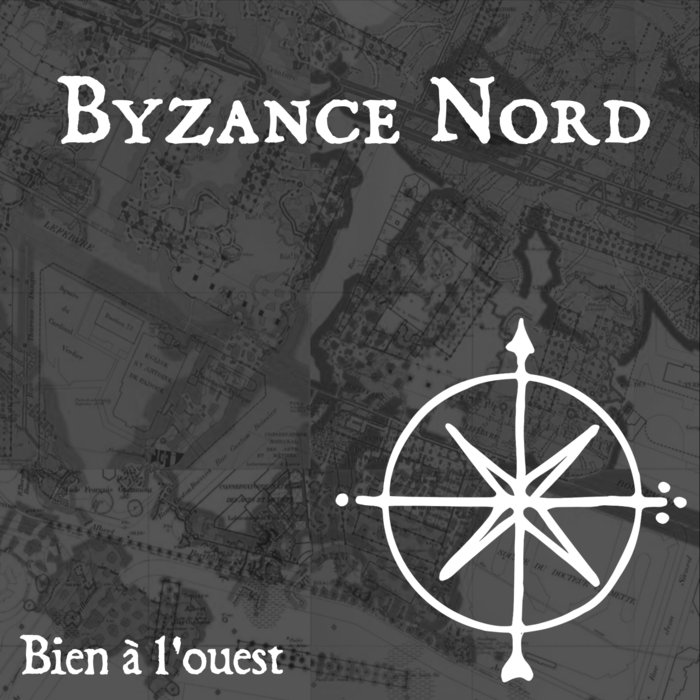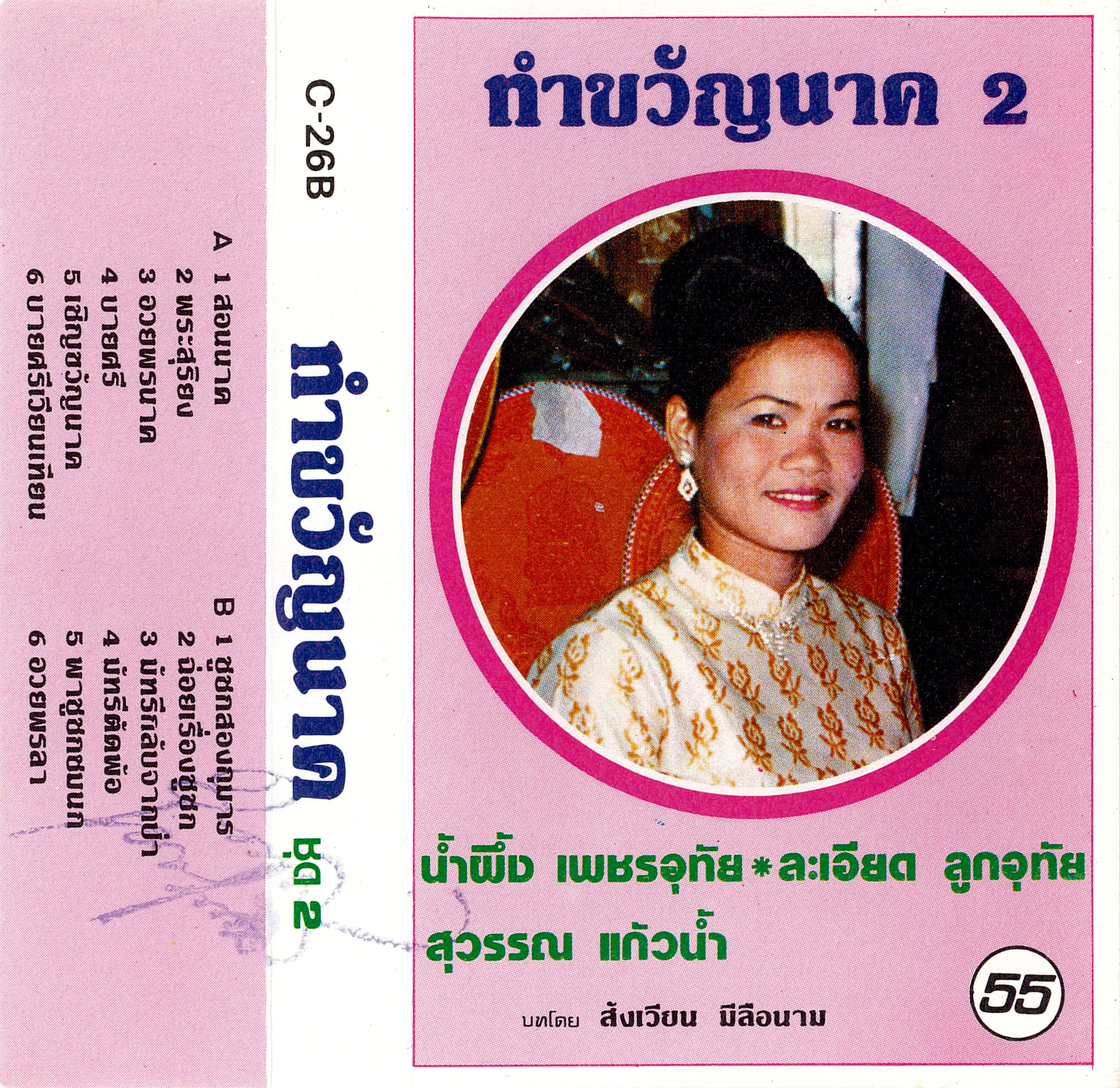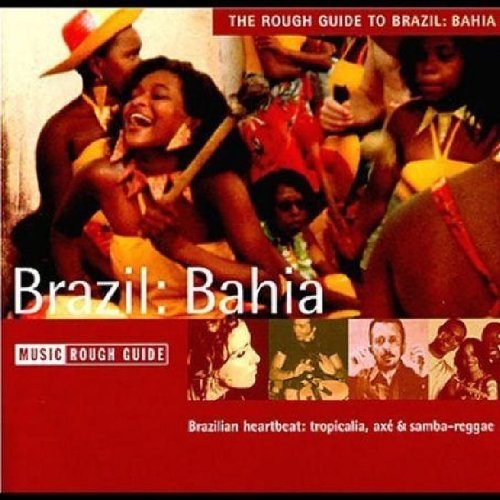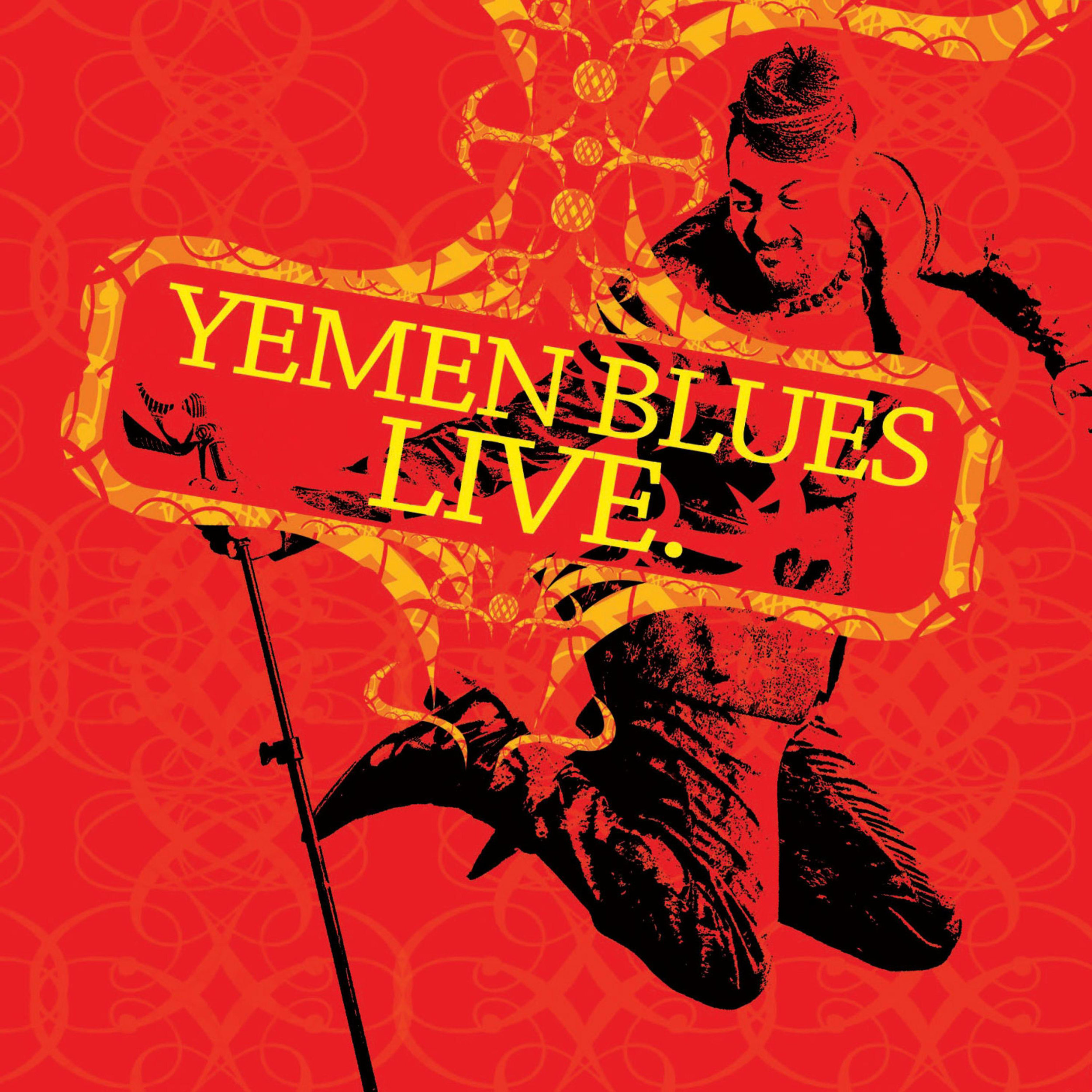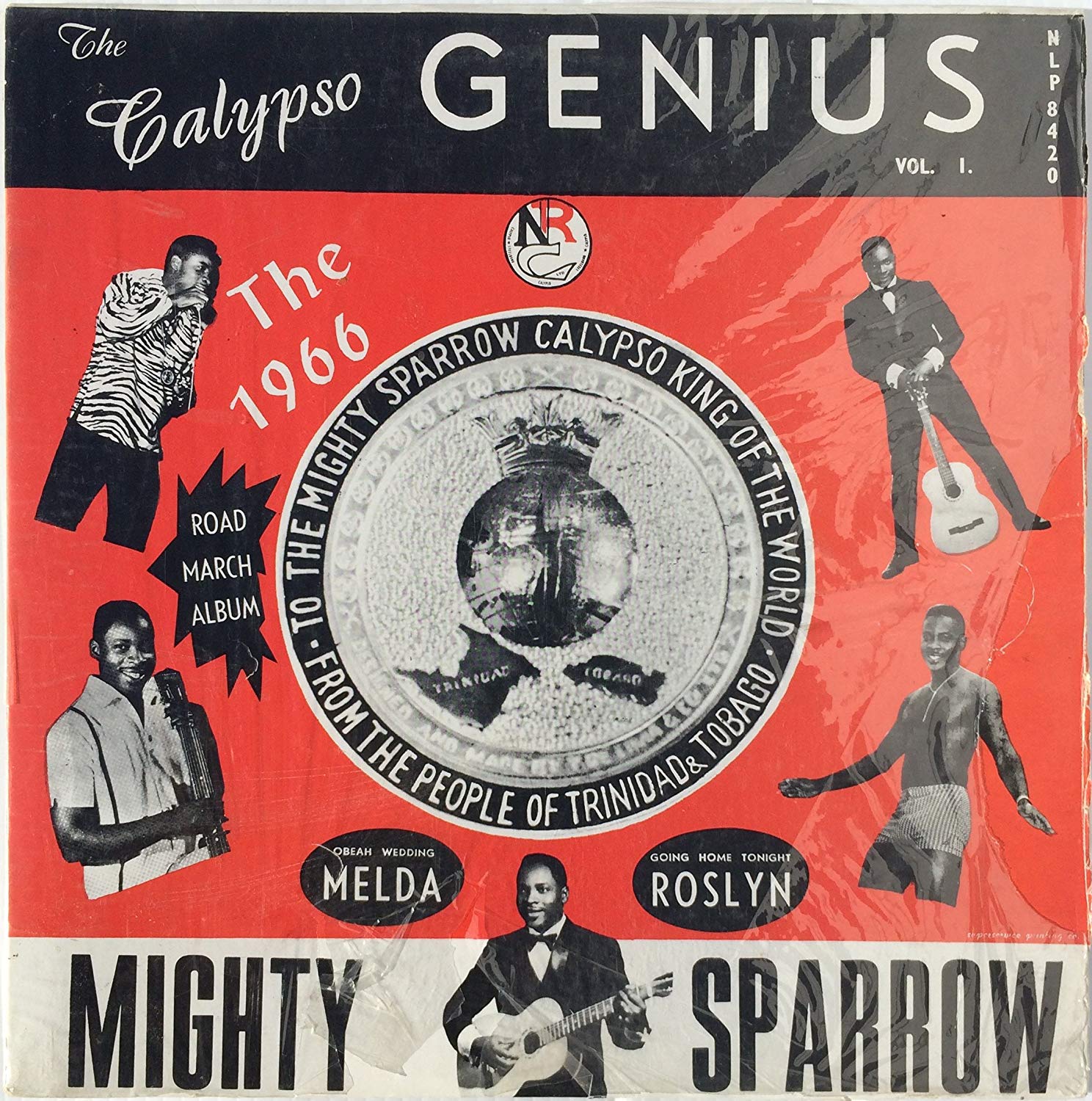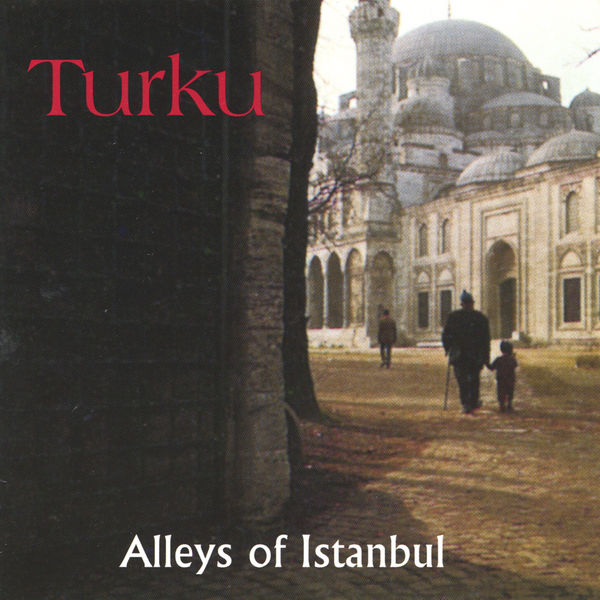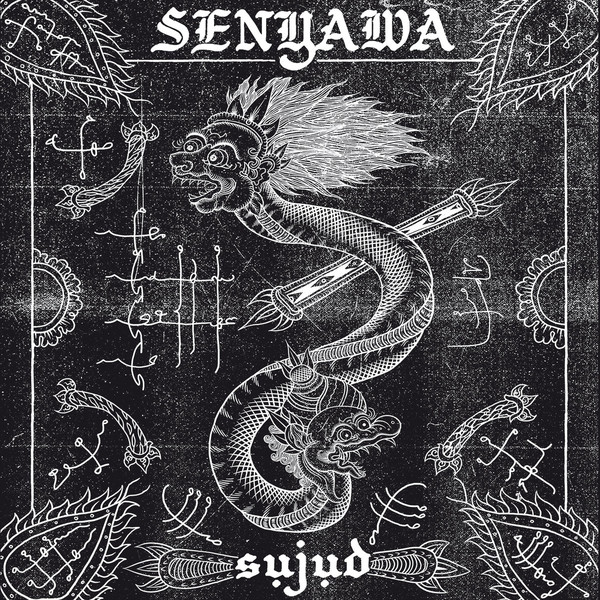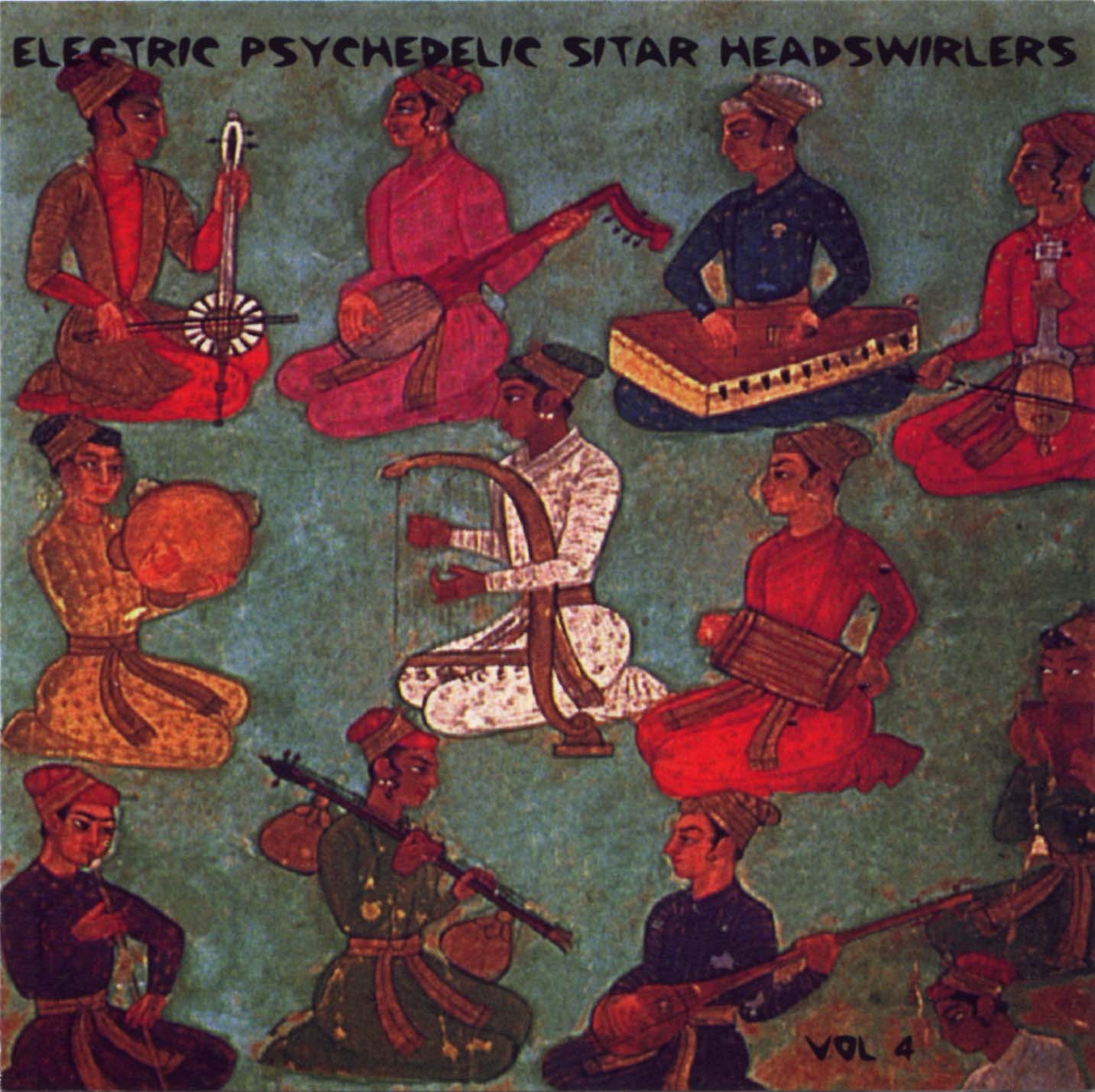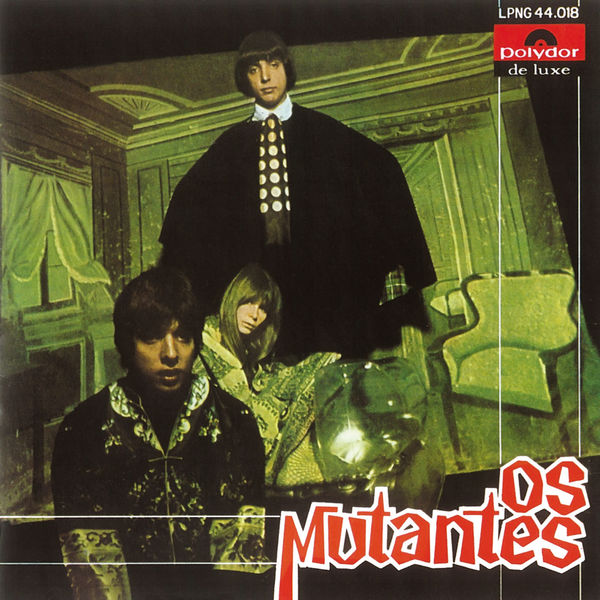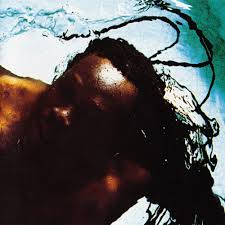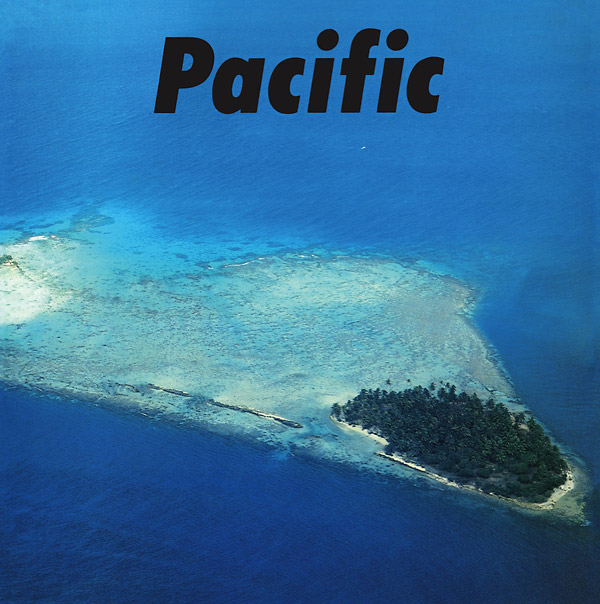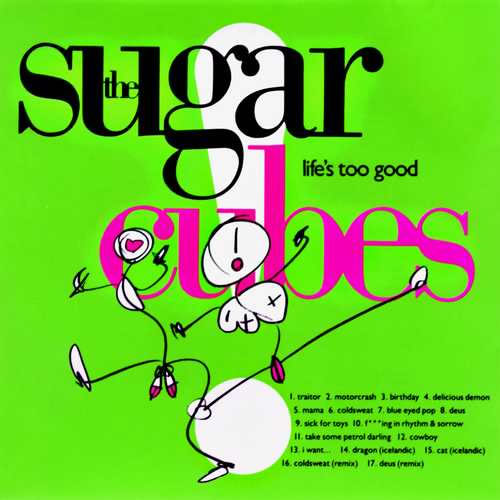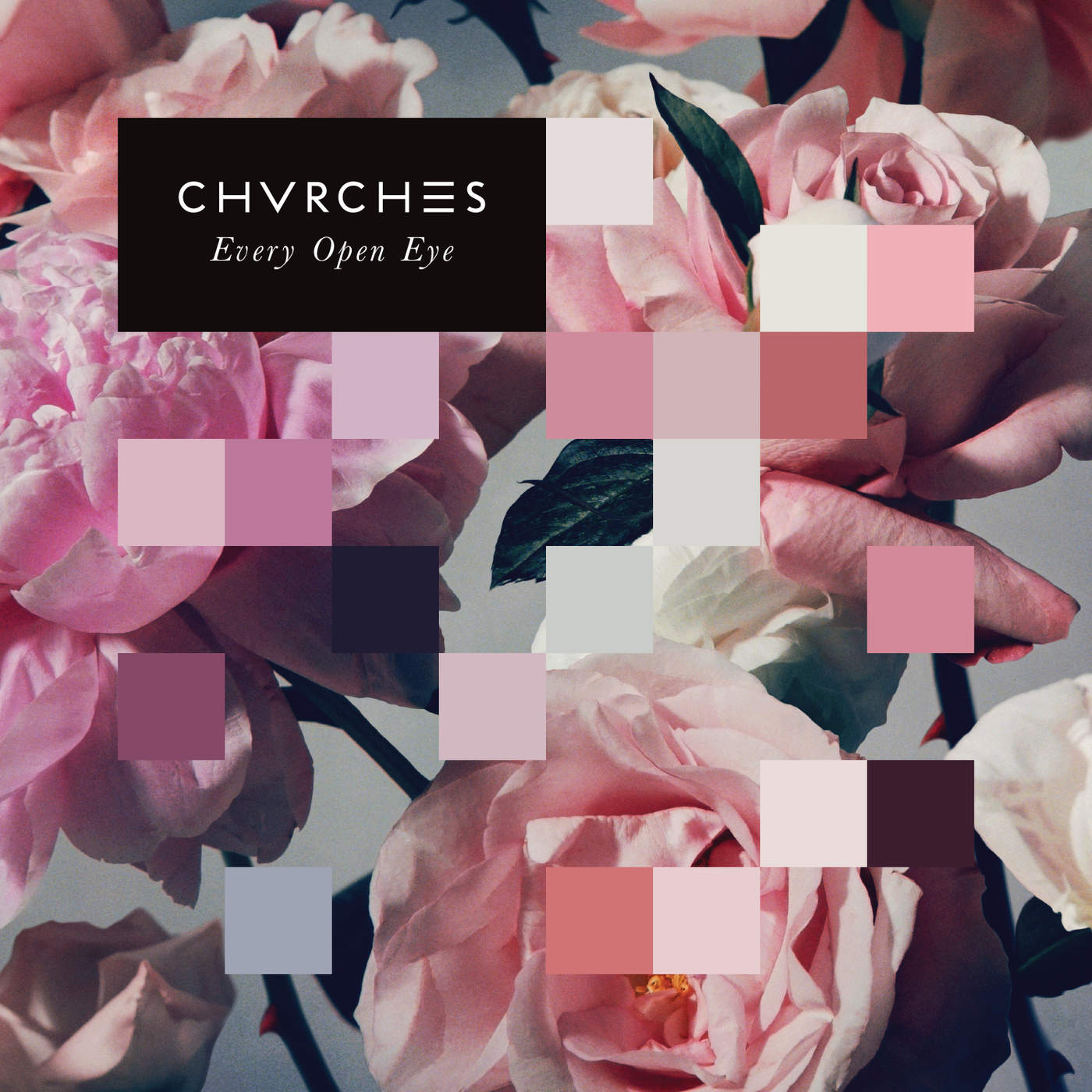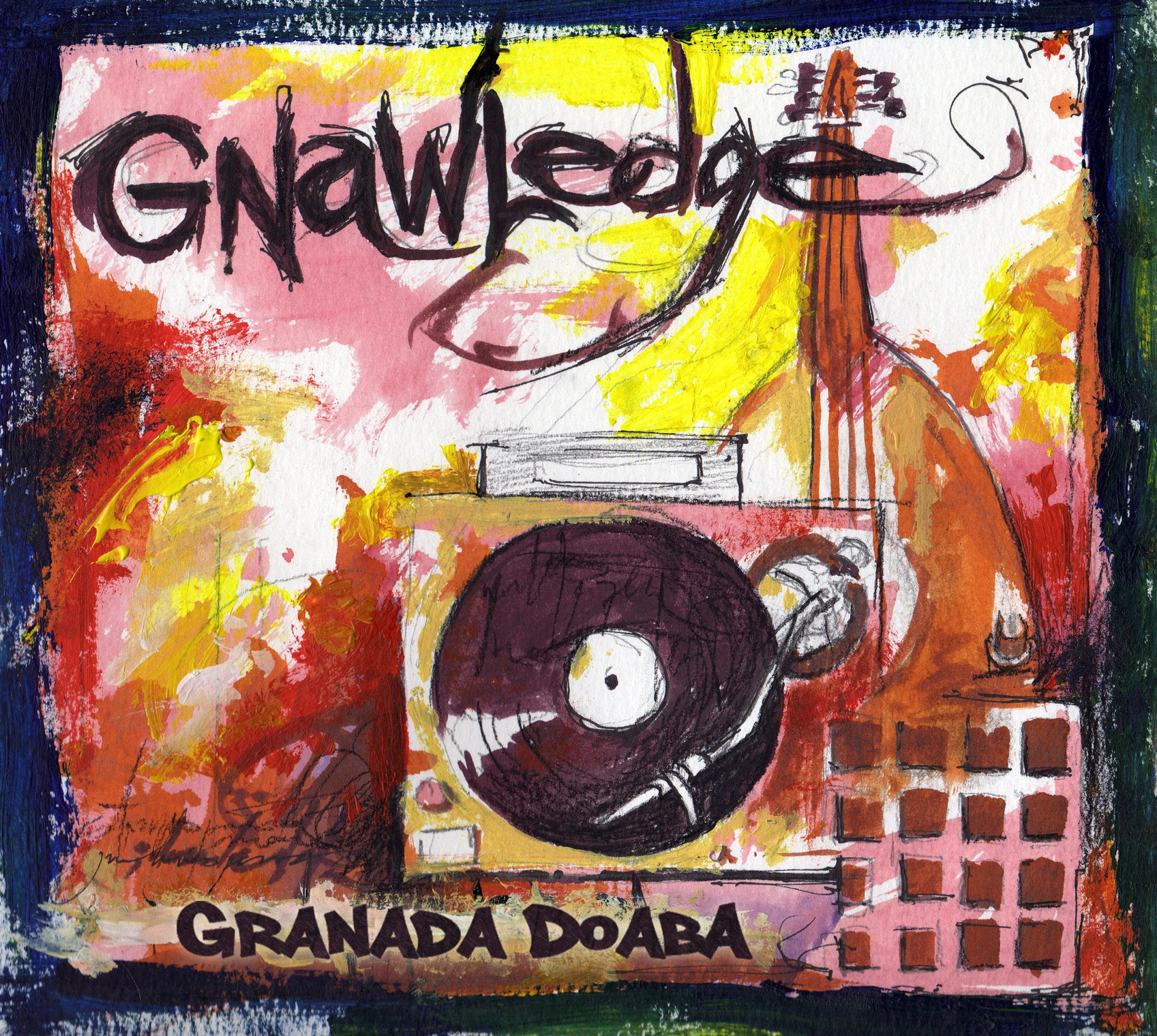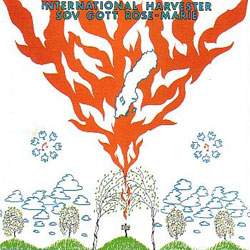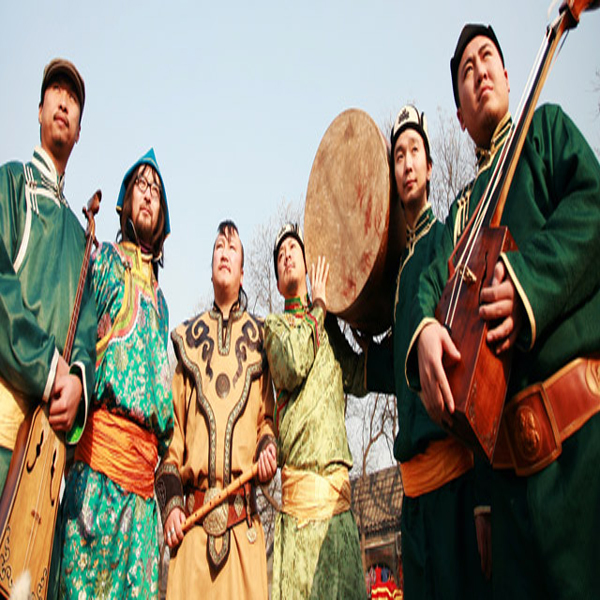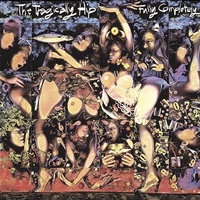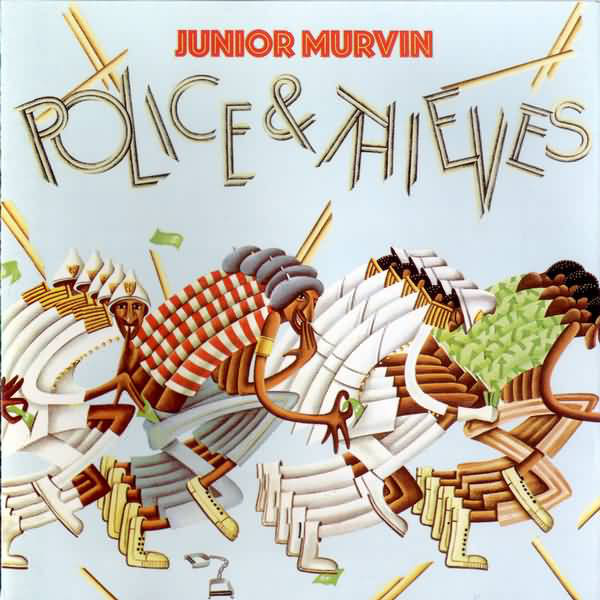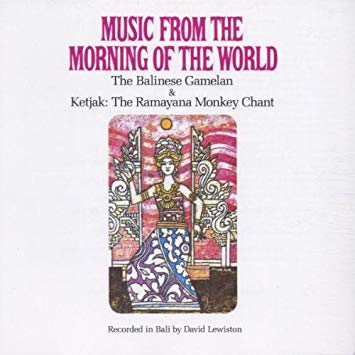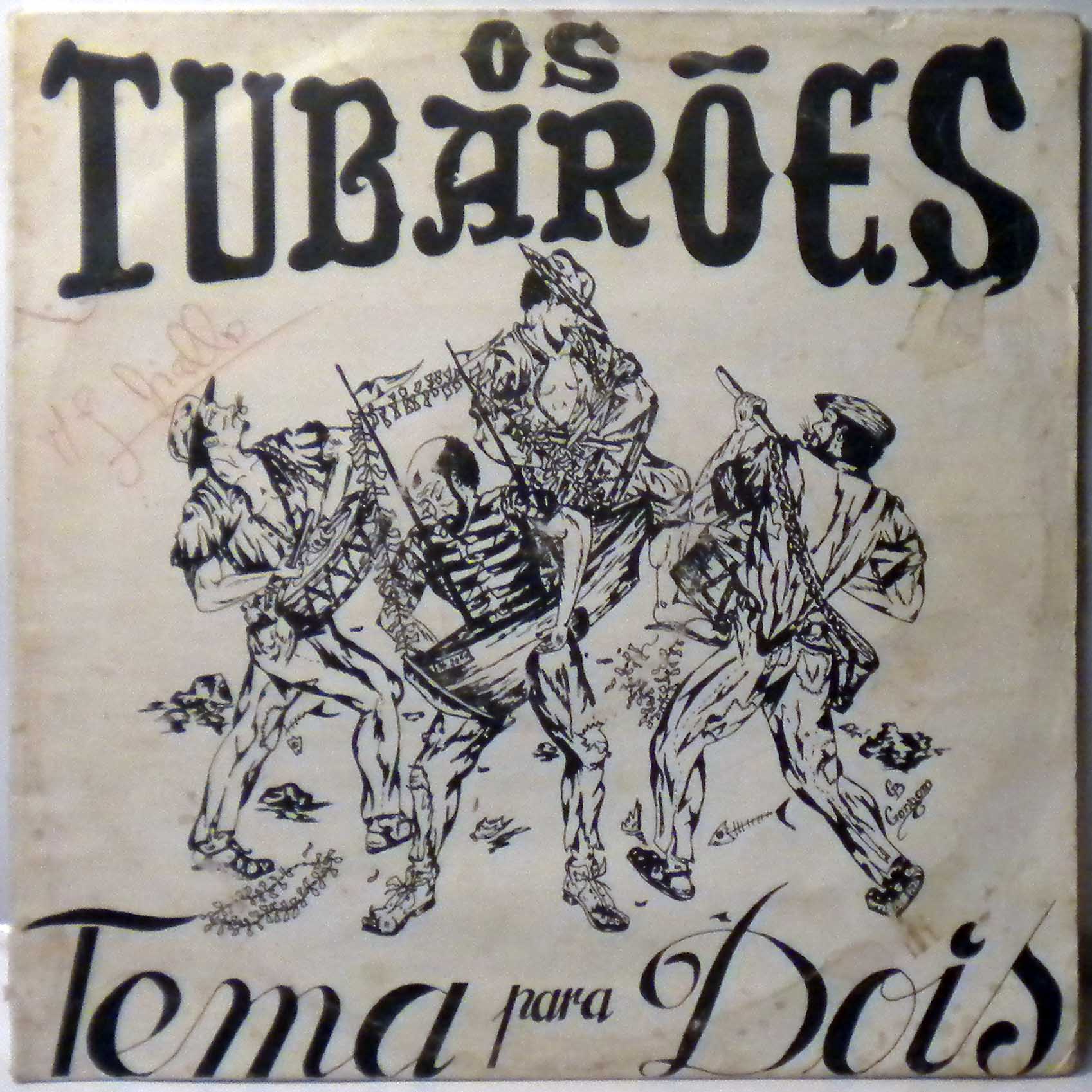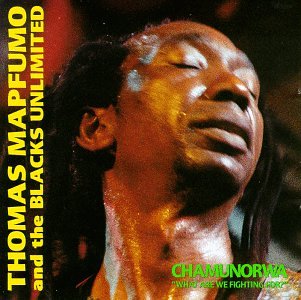Episode 34
Episode 34 was first posted on January 28, 2019.
Tracklisting:
01) “Punk’s Not Dead” by The Exploited.
From the 1981 album Punk’s Not Dead.
Edinburgh, Scotland.
Wikipedia says: “The Exploited are a Scottish Oi! punk band from Edinburgh, Scotland, formed in 1979 by Stevie Ross and Terry Buchan and later by Wattie Buchan. They signed to Secret Records in March 1981, and their debut EP Army Life and debut album Punks Not Dead were both released that year.”
02) “Stone In” by Guru Guru.
From the 1970 album UFO.
Heidelberg, Germany.
According to Last.fm: '“Guru Guru is one of the most notable German Krautrock bands, existing from the late 1960s to the present. The band has had many incarnations over nearly 4 decades. Drummer Mani Neumeier has remained as the only original member.”
03) “Nyein Chan Boan Le (Surrounded by Peace)” by U Ba Than.
From the 1970 album Basic Method in Music Volume 1.
Myanmar.
Asianclassicalmp3 says: “The late U Ba Than was one of the greatest musicians of Burma (now Myanmar) of the last 50 years. His playing has influenced most musicians since. He is now best known for his efforts at documenting the canon of traditional music and establishing ways to pass this music on.” Most of the music is played on the traditional Burmese Saunggauk harp accompanied by some xylophone and percussion
Download the album from asianclassicalmp3.org.
04) “La couleur et l'air” by Byzance Nord.
From the 2017 album Bien à l'ouest.
Paris, France.
Their Facebook page says: “Ils sortent de sous Paris pour vous faire danser” (Google Translate tells us this means: “They come out from under Paris to make you dance” while their website adds: “The fruit of a strange encounter, BYZANCE NORD was born underground. Indeed, musicians of various influences met at random galleries in the old quarries of Paris , commonly called the catacombs. Some jams began, first spontaneous, then others, more and more regular, in these dark places full of mystery.”
05) “Chuchok Song Kuman” by Namphueng Phet-Uthai.
From the 2017 album Tham Khwan Nak 2.
Kamphaeng Phet, Thailand.
monrakplengthai.blogspot.com explains: “as namphueng's stage-surname suggests, our artists are based out of uthai thani province in thailand's central plain and specialize in music for any number of events where sacred sounds are required (at the time of writing, you can still book them to perform at your own event!). we've heard from these folks once before here, way back in 2010, when they provided a soundtrack to the thot kathin & thot phapamerit-making festivals. today, we join them at a tham khwan nak, or ordination ceremony for a novice monk. the group includes fellow singers la-iat luk-uthai and suwan kaeonam, performing poetry by sangwian miluenam. while the first side finds them backed by the "78 sound" piphat ensemble as in part 1, the second side finds accompaniment paired down to a more drum-and-fiddle-based group.”
Download the album from monrakplengthai.blogspot.com.
06) “Mamãe Querida” by Margareth Menezes.
From the 2004 compilation The Rough Guide to Brazil: Bahia.
Salvador, Bahia.
We featured “Take Saravá” by Silvia Torres from this same compilation back on Episode 19. Back then, we said:
“As you may know from previous episodes, we here at the Global Elite Music Radio Podcast Supershow love to discover new music from all around the world. One good way to do this is to find compilations. It’s even better if you can find a series of compilations which you can trust to provide gems like this one. We have previously featured tracks featured on the Rough Guides to Australia: Aboriginal Music (Episode 04, Episode 05, China, (Episode 10 and Episode 12) and now Brazil: Bahia.
Bahia is one of the 26 states of Brazil and is located in the northeastern part of the country on the Atlantic coast. It is also a particular dialect of Brazilian music. Allmusic says:
“Given the well-known music of Rio's Carnaval and its massive samba affairs, Bahia is the next logical step for music producers to take for a compilation of Brazilian music. Bahia is widely (and rightly) regarded as a focal point for Brazilian music, spawning much of the Tropicalia movement, MPB, and the Afro-Brazilian traditions, as well as much of modern samba.”
According to the Wikipeida: “Margareth Menezes is a Brazilian singer from Salvador, Bahia. Her style is considered axé but her music also steers into samba and MPB territory, at times drawing on African rhythms and reggae.”
07) “Um Min Al Yaman (Live)” by Yemen Blues.
From the 2018 album Live in Tel Aviv.
Tel Aviv; New York; Yemen.
The group’s Facebook page describes them by saying:
“Conceived from vocalist Ravid Kahalani’s vision, Yemen Blues’ original music mixes of Yemen and West Africa influences with contemporary grooves from funk to mambo and the deep soul of old chants. Conjuring up a rich and diverse aural palette with the use of percussion, oud, horns, and strings, Yemen Blues coexists in both the past and present, at once timeless and modern.”
08) “The Rebel” by The Mighty Sparrow.
From the 2018 compilation The Calypso Genius.
Grenada.
Often known as "The Might Sparrow, Calypso King of the World,” Slinger Francisco is as Grenada-born Trinidadian vocalist, songwriter, and guitarist. The Guardian describes the Mighty Sparrow this way: “He inspired Bob Marley’s political awakening, survived a coma, and has sung about everything from sex workers to Khrushchev.”
Browse our interactive map to see where each artist is from. This week’s artists are represented by orange map-points. To highlight a specific episode, use the little window/toggle thingy in the upper-left corner. Since we can only show 10 episodes at a time, see all of the other episodes here.


